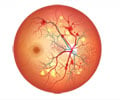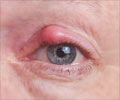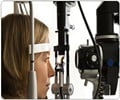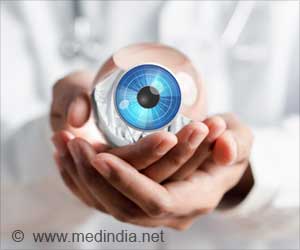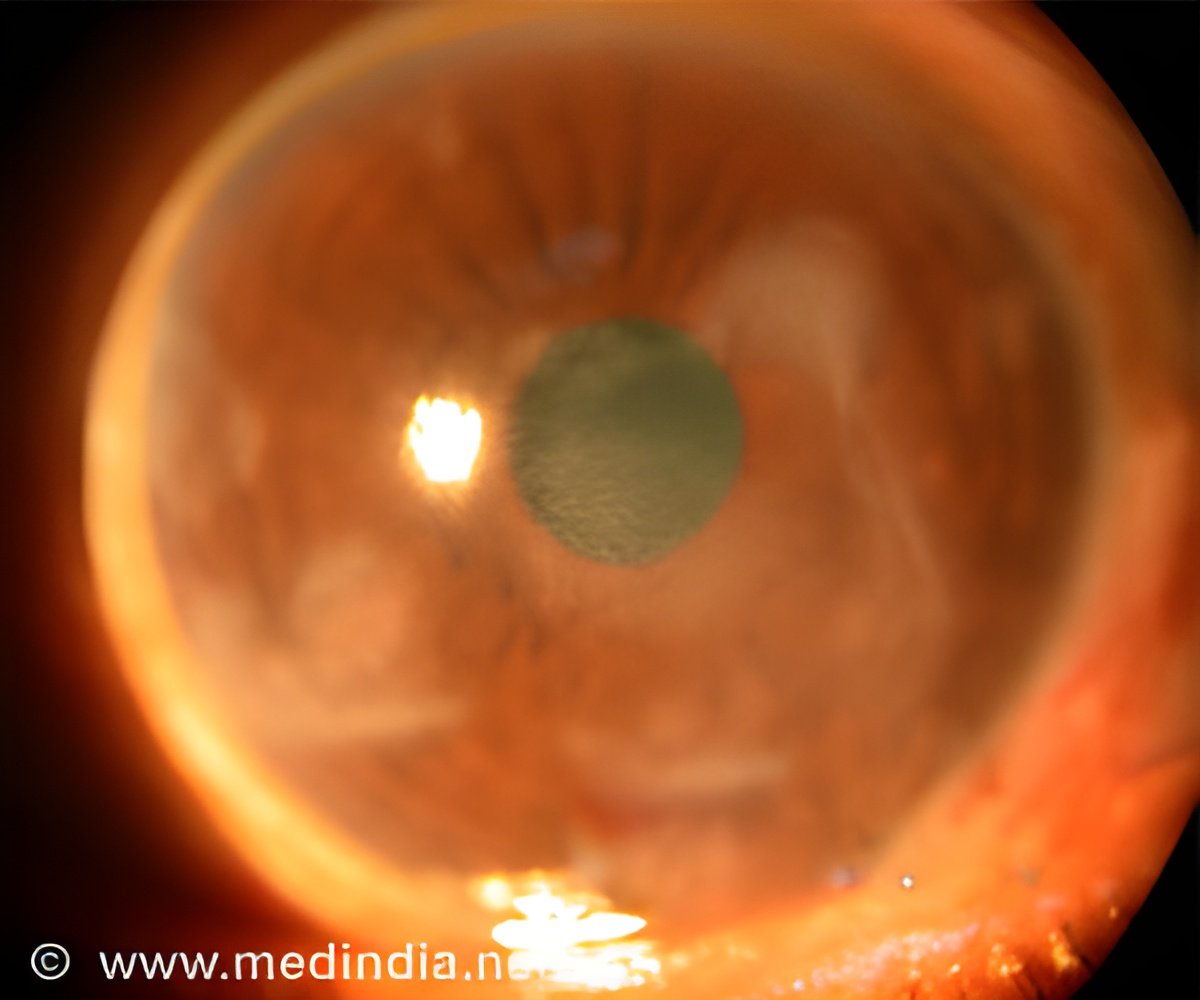
Project leader Andrew Bastawrous said, "The main reason for most people not getting eye treatment is simply that they don’t access the services and that’s usually because the services are so far away from them or are unaffordable. If we can detect people with blindness beforehand, we have a much greater chance of increasing awareness and ensuring an appropriate treatment."
Peek also utilizes the camera flash and auto-focus function to allow ophthalmologists or trained care workers to examine the patient’s retina. Developers wrote on the Peek Vision website, "The high image quality means you can view cataracts clearly enough for treatment classification, detect signs of glaucoma, macular degeneration, diabetic retinopathy and signs of nerve disease."
If this technology can be harnessed effectively, a smartphone costing a few hundred dollars could soon replace tools and equipment worth thousands of dollars.
The findings have been published in JAMA Ophthalmology.
Source-Medindia



